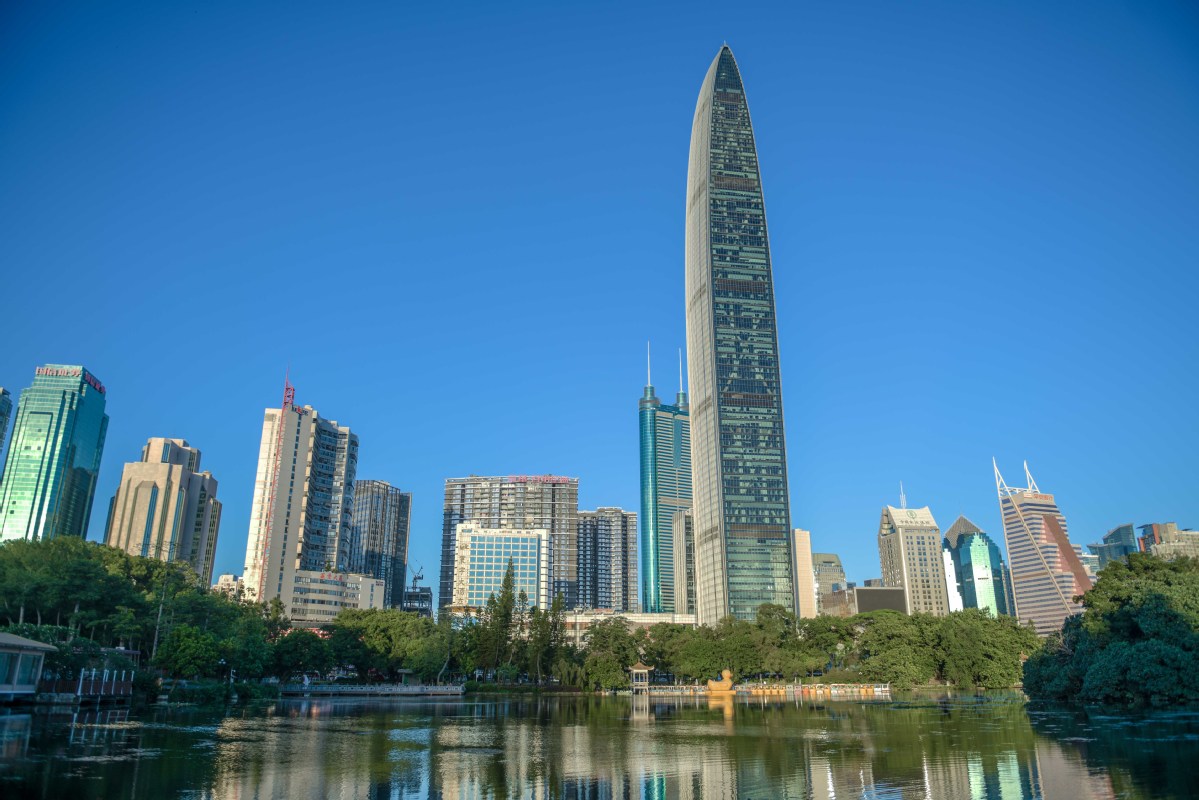Report: Shenzhen No 1 in investment vitality in China

A view of Shenzhen, Guangdong province, on June 25, 2020. [Photo/IC]
Shenzhen in South China's Guangdong province has taken the top spot in investment vitality in China, according to a report released by corporate information tracker Tianyancha.
Shanghai and Beijing came in second and third place respectively. Nanjing, capital of East China's Jiangsu province, overtook first-tier city Guangzhou to rank fourth.
Shenzhen is one of the most developed cities in the high-tech industry and its leading industries are artificial intelligence and hardware. In recent years, Shenzhen's AI industry has experienced burgeoning development, gaining popularity among investors. Data showed last year the number of AI companies in Shenzhen rose to more than 67,000 from 2,000 in 2011.
Highly developed emerging industries have attracted more younger people and capital, resulting in high investment activity.
By the end of 2020, the total deposit balance of RMB and foreign currencies in Shenzhen's financial institutions reached 10.19 trillion yuan, becoming the third city to see the figure top 10 trillion yuan after Beijing and Shanghai.
It also represented 21.4 percent growth on a yearly basis, 11.2 percentage points higher than the national level of 10.2 percent, highlighting Shenzhen's competitive strength and potential in financial development.
New first-tier city Nanjing also saw strong performance in investment activity. Tianyancha's data showed that between 2016 and 2020, the average growth of the number of registered enterprises in the city remained at more than 12 percent. Over the past three years, the figure was higher than that of Shenzhen, Shanghai and Beijing.
Niu Fengrui, a researcher of the Institute for Urban and Environmental Studies at the Chinese Academy of Social Sciences, told Chinese financial news outlet Yicai that in recent years Nanjing brought its superiority in science and education resources into full play to develop emerging industries.
Meanwhile, through building up the Nanjing metropolitan area, the city's economic primacy ratio is also rising. Data showed last year the number of newly added high-tech companies surpassed 1,800 in Nanjing, bringing the total number to 6,500.
During the past 10 years, the average growth of the number of enterprises reached 259 percent, according to the report. By 2020, 26 cities had more than 1 million enterprises, compared with five in 2011.



 Print
Print Mail
Mail